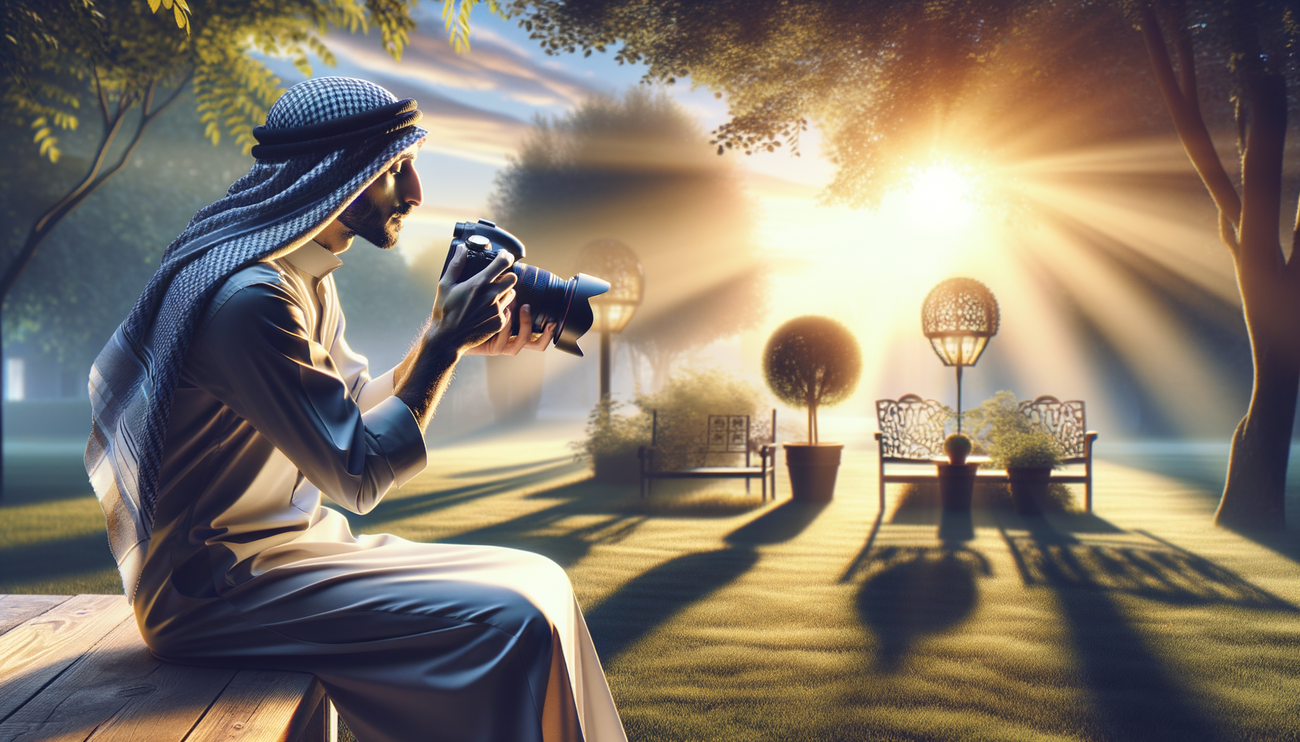
Shooting with natural light is an art that requires an understanding of light and its influence on your photographs. By utilizing natural light, you can create stunning, vibrant, and impactful images, but it’s essential to be familiar with a few principles and techniques.
Shooting with natural light is perhaps the most accessible and versatile light source for photographers. Whether you’re capturing portraits, landscapes, or street photography, correctly utilizing sunlight can significantly enhance the quality of your images.
One of the key principles of working with natural light is understanding the time of day. Different times yield different qualities of light. The early morning and late afternoon light, known as the “golden hour,” has a soft warm tone that is ideal for both portraits and landscapes. During the golden hour, shadows are softer, and colors appear more vibrant.
The downside of shooting at noon is that the light tends to be harsh, causing strong, unflattering shadows. If you must shoot during this time, try to find shade or use reflectors to soften the light.
Another important aspect is the direction of light. Factors such as the sun's position can dramatically affect the atmosphere of your photograph. For instance, side lighting adds texture and depth to subjects, while backlighting can create stunning silhouettes. How you choose to utilize light depends on your vision and shooting goals, so experimenting with different light directions can reveal new creative avenues.
Additionally, consider the weather. Cloudy days can be excellent for photography as clouds act as a natural diffuser, creating soft, even light. In such conditions, photographs can also be remarkably expressive.
Using reflectors and diffusers can greatly improve the quality of your shots. Reflectors help redirect and soften light onto the subject, while diffusers create a more even light that helps avoid harsh shadows.
Remember to adjust your camera settings: changing the ISO can minimize noise, and using wide apertures can create a beautiful depth-of-field effect. Proper exposure is crucial, especially when shooting with natural light.
After shooting, don’t forget about post-processing. Simple adjustments to white balance can significantly enhance the overall feel of your photographs taken in varying lighting conditions. Play around with brightness and contrast to achieve the most appealing results.
In conclusion, the main takeaway is that mastering natural light is key to creating beautiful photographs. Don’t be afraid to experiment and discover your own techniques and methods!


